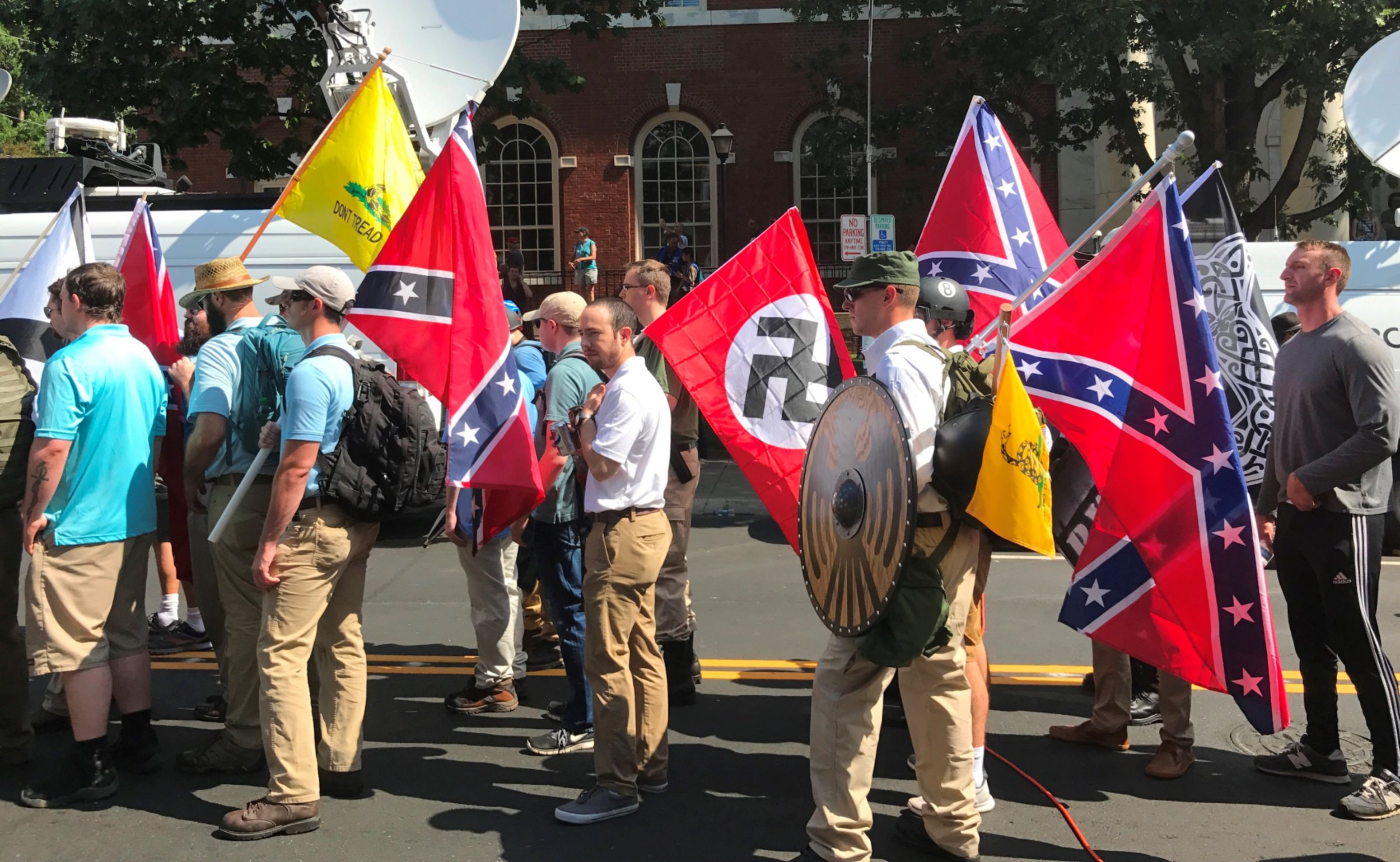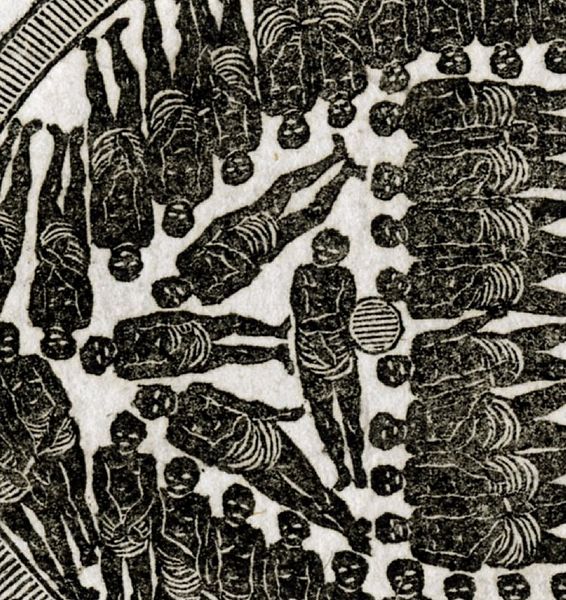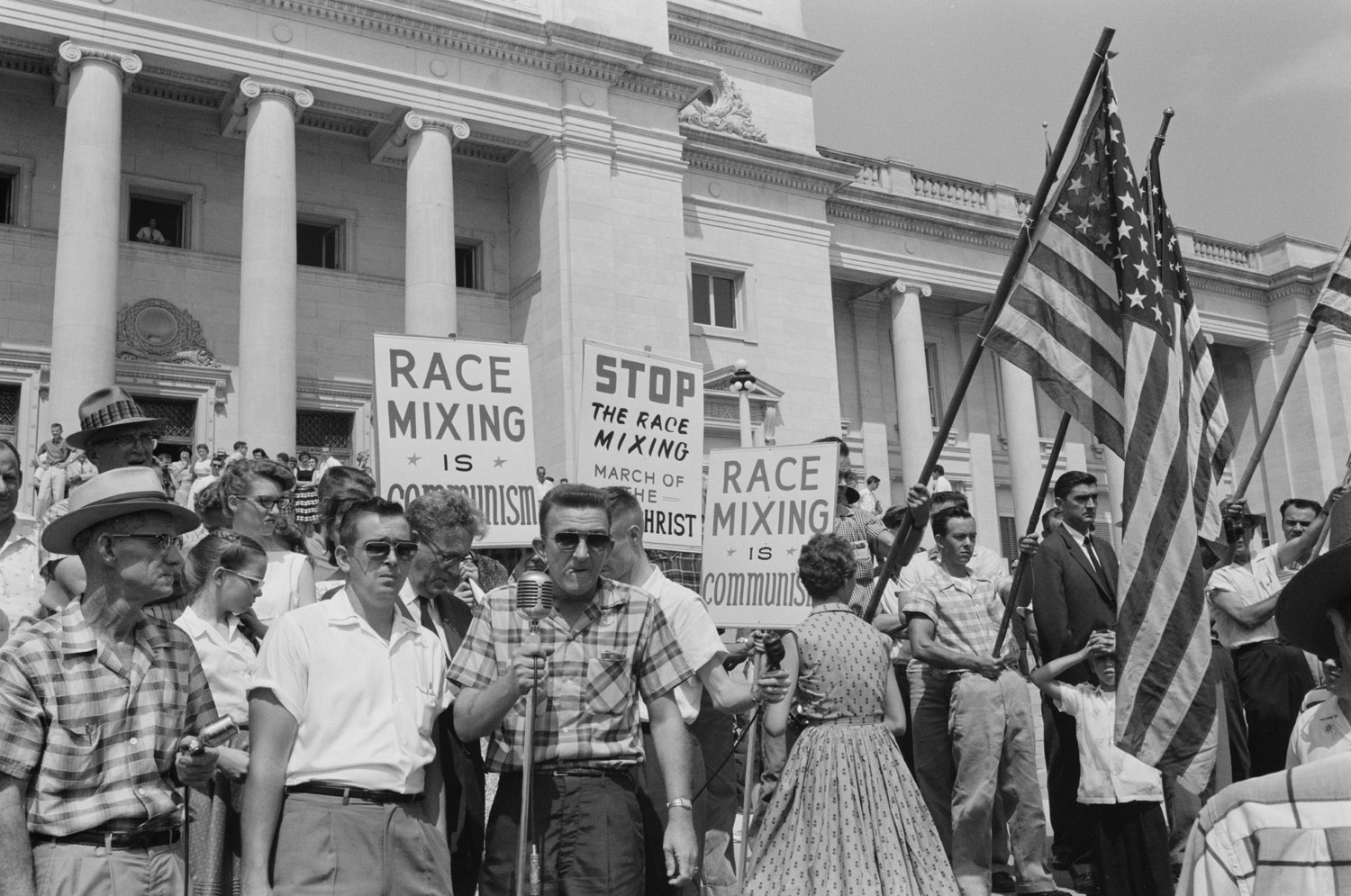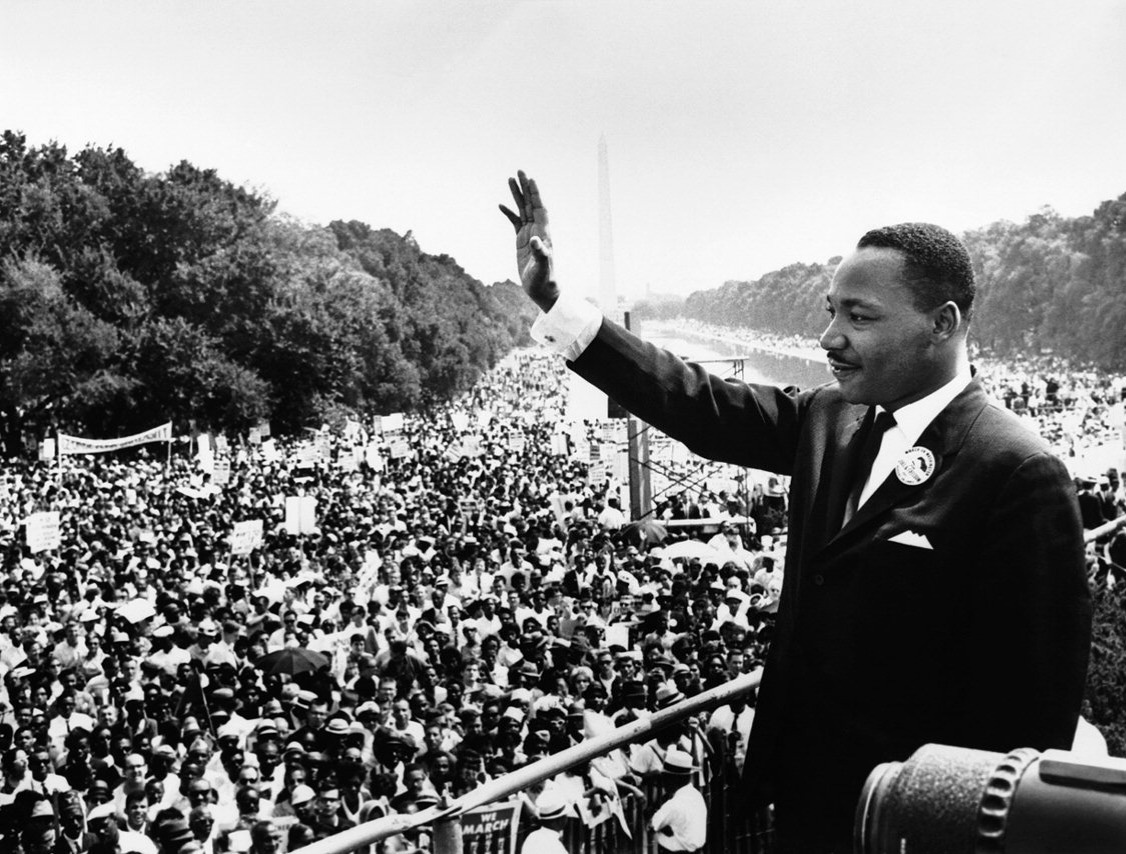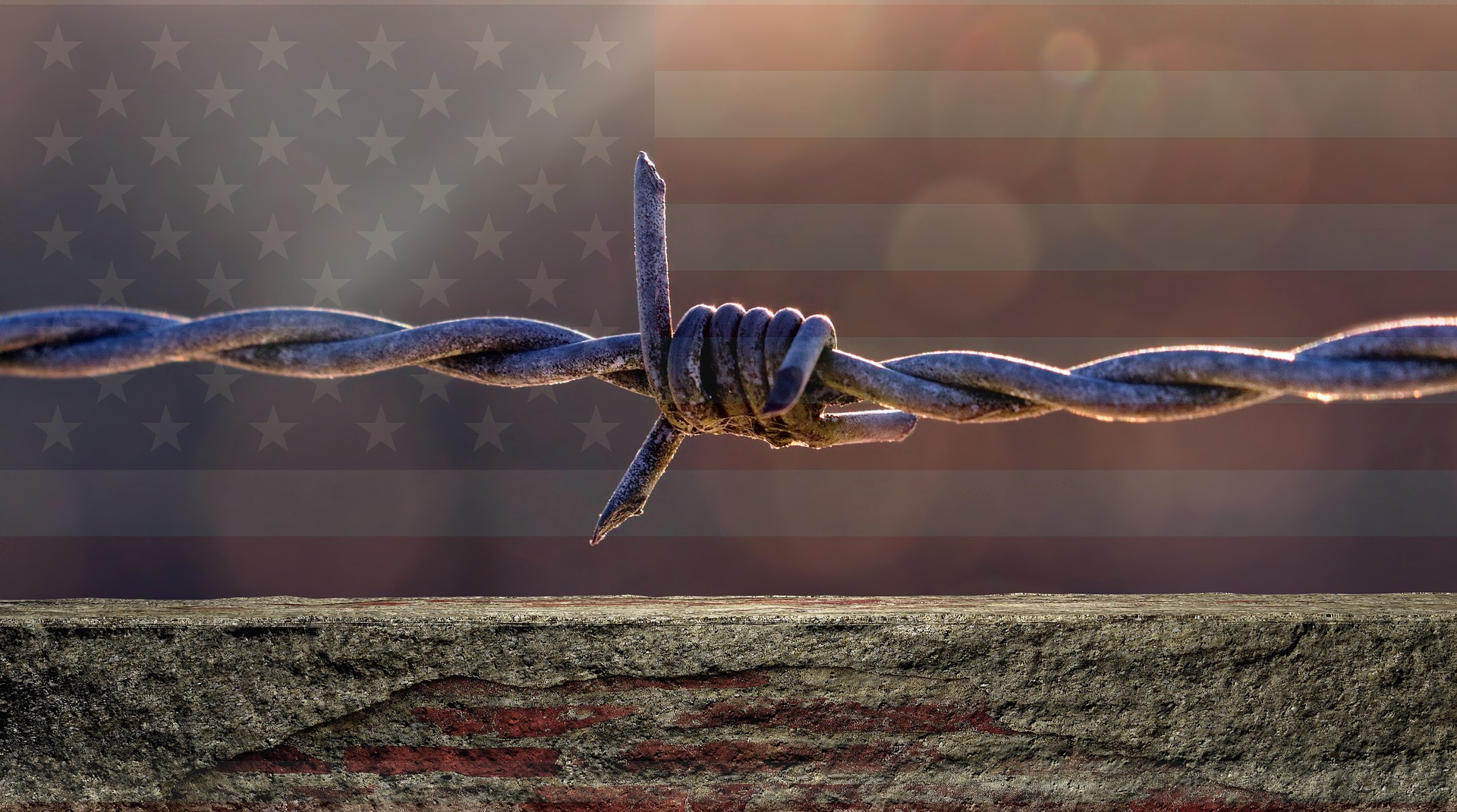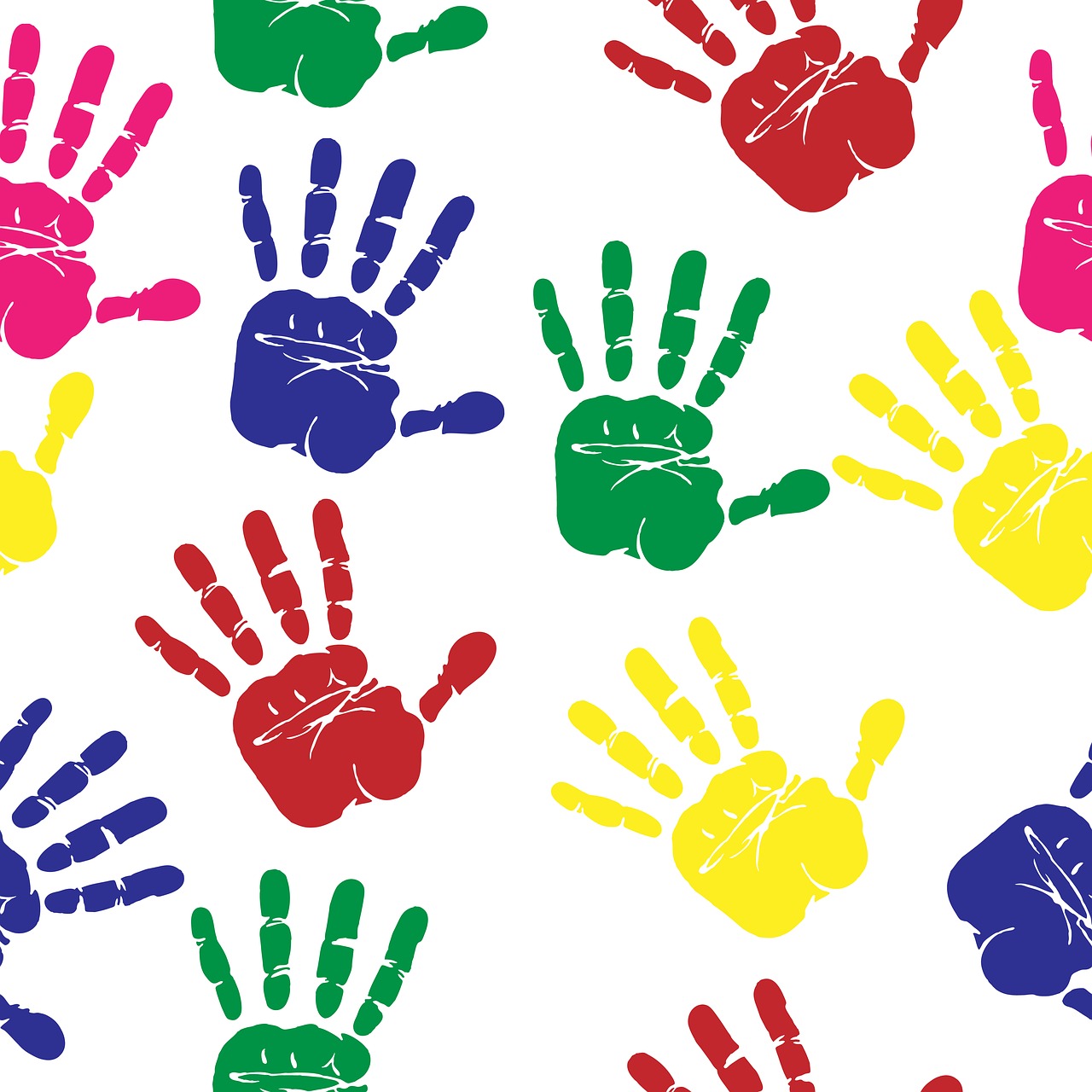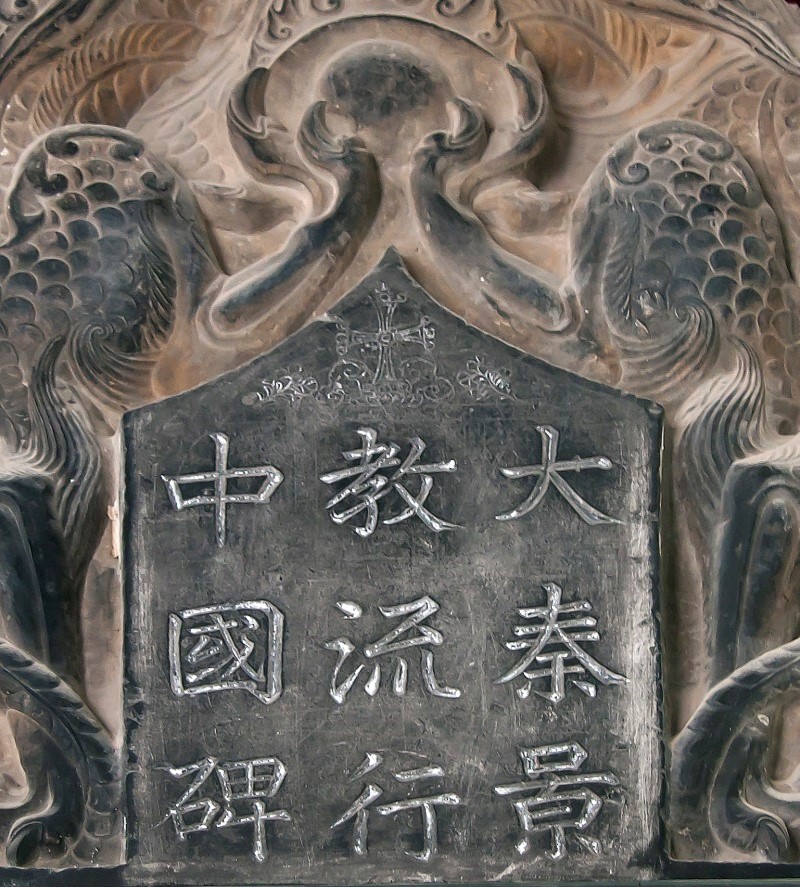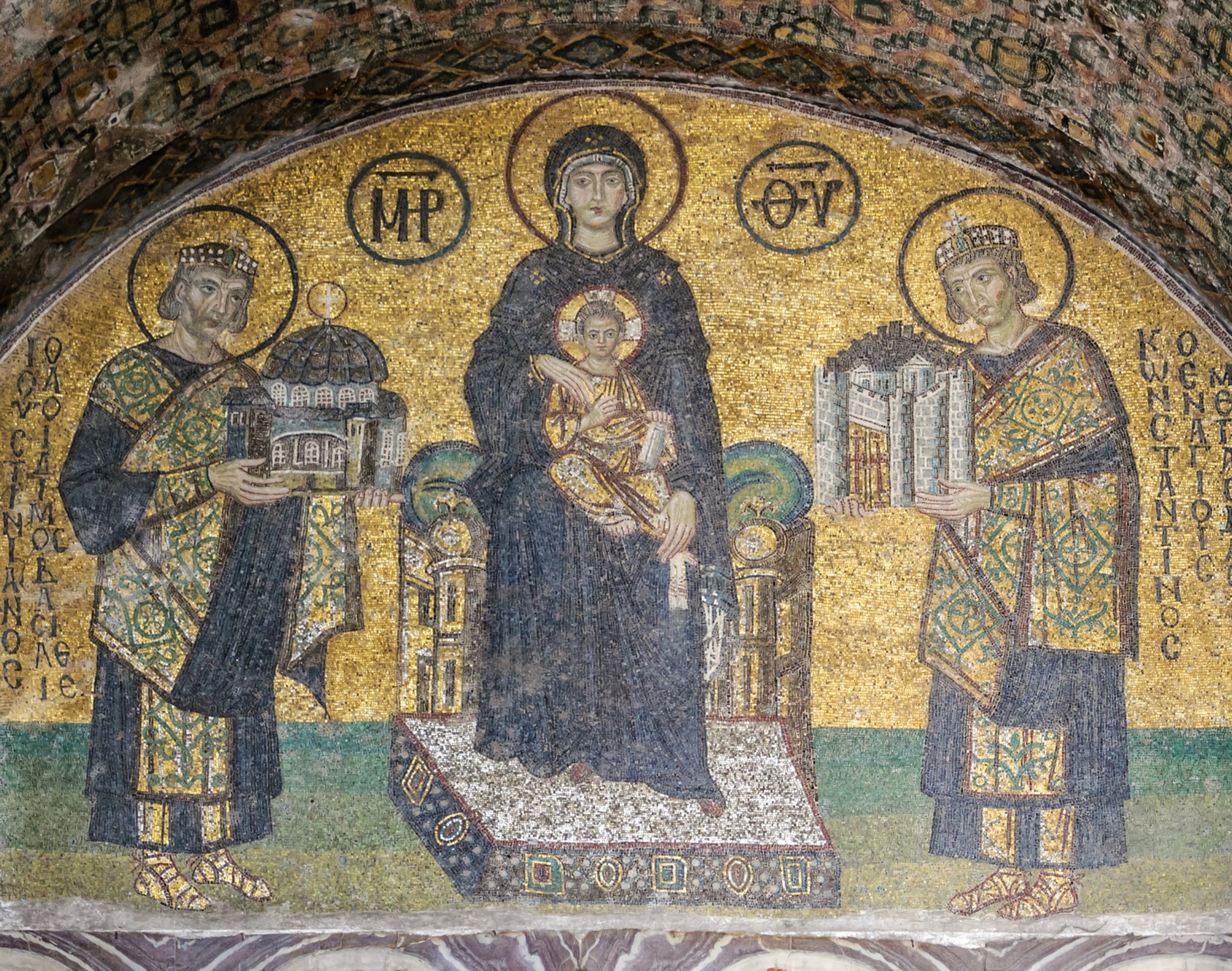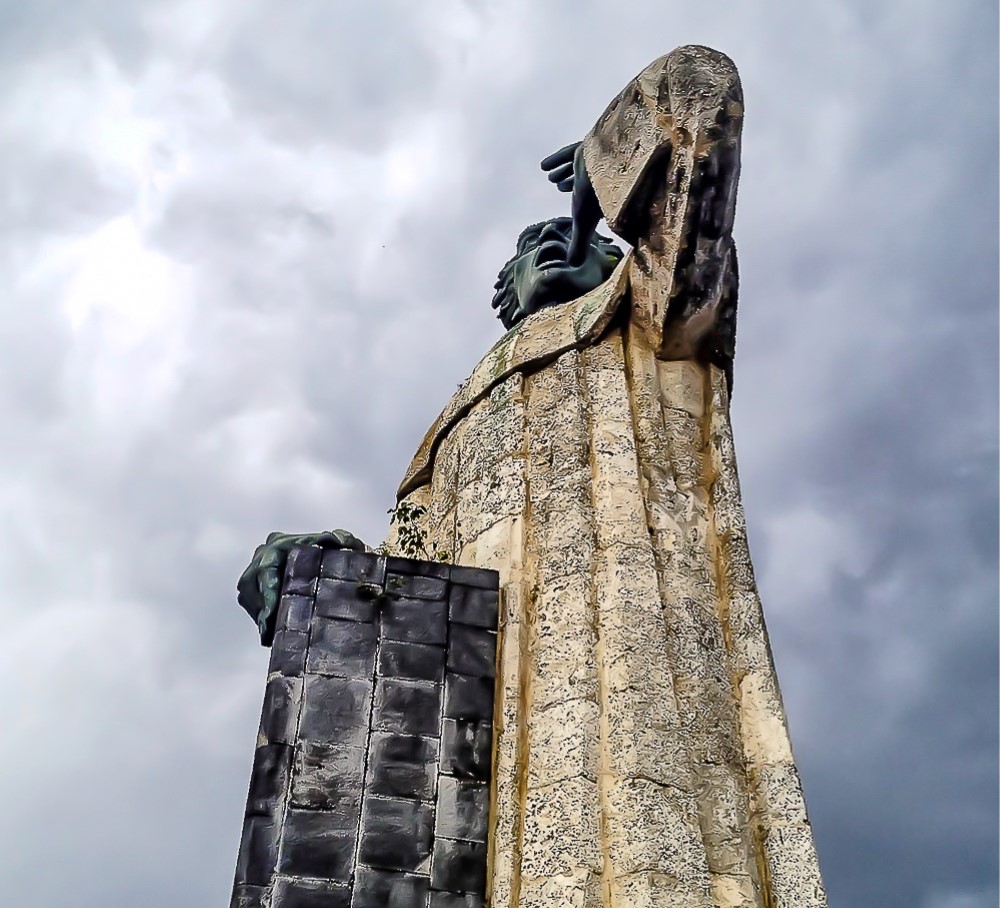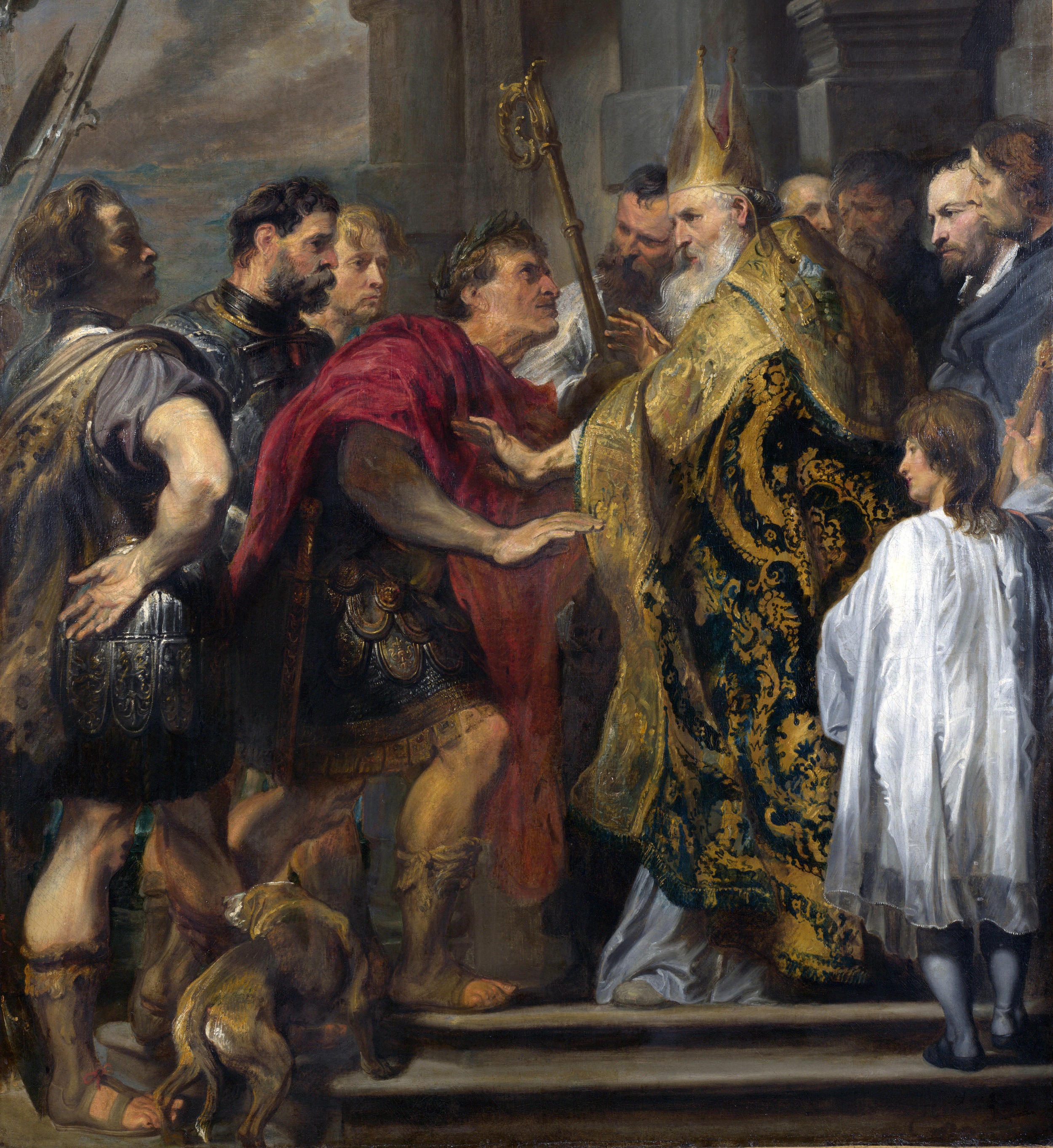Race and Eugenics
Photograph: The academic journal Eugenics Quarterly was renamed Social Biology in 1969. This illustrates how eugenics - once very popular in American academia - became unpopular after the fall of the Nazis. Photo credit: Fastfission | Public Domain, Wikimedia Commons.
Introduction
The following resources examines eugenics as it was promoted and practiced in the U.S. including Puerto Rico and other U.S. territories.
Conversation Stations
These are the images used in artistic physical displays. They are survey questions and conversation starters that are topically and thematically organized. They demonstrate how Jesus is relevant to each topic or theme. You can also just view the images on your device. If you would like, see all our Conversation Stations; below are the ones that relate to the topic of Race.
Whose Justice? (and instructions and Christian Restorative Justice Study Guide)
Whose Justice? for Harvard Law School
Is a Good Friend Hard to Find? (and instructions and conversation tree)
What Can We Do About Evil? (and instructions and conversation tree) and smaller version and brochure version
Que Podemos Hacer Sobre La Maldad? for the Asociacion Dominicana de Estudiantes Evangelico, 2014
Does the Good Outweigh the Bad? (and instructions)
Race What's the Problem? (and instructions) and brochure version
Other Resources on Race and Eugenics
Cold Spring Harbor Laboratory, Image Archive of the American Eugenics Movement (website)
Mississippi Appendectomy (website) a developing online archive of information on women of color and forced sterilization, by a sociology researcher
Daniel J. Kevles, Eugenics and Human Rights. BMJ, 1999. Eugenics programs were widespread globally, and not only in Nazi Germany. Eugenics focused on manipulating heredity or breeding to produce “better” people and on eliminating those considered biologically inferior, unhealthy, or unfit. In the 1920s and 1930s eugenic sterilization laws were passed in 24 of the American states, in Canada, and in Sweden. But eugenics was criticized when its role in the Jewish massacre of WWII was revealed.
Edwin Black, The Horrifying American Roots of Nazi Eugenics. History News Network, Sep 2003. an excerpt from Edwin Black, War Against the Weak: Eugenics and America's Campaign to Create a Master Race, Expanded Edition. Dialog Press | Amazon page, Apr 30, 2012. “The idea was created in the United States, and cultivated in California, decades before Hitler came to power. California eugenicists played an important, although little known, role in the American eugenics movement's campaign for ethnic cleansing.” See also Nazism in the U.S.
Genevieve Carlton, Virginia Ran A Secret Eugenics Program That Didn't End Until 1979. Ranker, date unknown.
Steven A. Farber, U.S. Scientists’ Role in the Eugenics Movement (1907 - 1939): A Contemporary Biologist’s Perspective. Zebrafish, Dec 2008. Francis Galton, a cousin of Darwin, who coined the term “eugenics” in 1883 while advocating that society should promote the marriage of what he felt were the fittest individuals by providing monetary incentives. Shortly thereafter, many intellectuals and political leaders (e.g., Alexander Graham Bell, Winston Churchill, John Maynard Keynes, and Woodrow Wilson) accepted the notion that modern societies, as a matter of policy, should promote the improvement of the human race through various forms of governmental intervention. While initially this desire was manifested as the promotion of selective breeding, it ultimately contributed to the intellectual underpinnings of state-sponsored discrimination, forced sterilization, and genocide.
Rachel Walden, CIR Prison Investigation Opens Another Chapter on Sterilization of Women in U.S.. Our Bodies Our Selves, Jul 10, 2013. sterilization of 148 women in two California prisons from 2006 - 2010.
Debra Kelly, 10 Horrifying Facts About American Eugenics. Listverse, Feb 5, 2014. “One of the main goals of the Third Reich was creating a so-called Master Race… But contrary to popular belief, the Third Reich didn’t invent the idea of a Master Race, or of eugenics—America did.”
Lisa Ko, Unwanted Sterilization and Eugenics Programs in the United States. PBS, Jan 29, 2016. “Coerced sterilization is a shameful part of America’s history, and one doesn’t have to go too far back to find examples of it. Used as a means of controlling “undesirable” populations – immigrants, people of color, poor people, unmarried mothers, the disabled, the mentally ill – federally-funded sterilization programs took place in 32 states throughout the 20th century. Driven by prejudiced notions of science and social control, these programs informed policies on immigration and segregation.”
Andrea DenHoed, The Forgotten Lessons of the American Eugenics Movement. The New Yorker, Apr 27, 2016. “The forward thinkers of America were preoccupied by the imagined genetic threat of feeblemindedness, a capaciously defined condition that was diagnosed using often flawed intelligence tests and by identifying symptoms such as moral degeneracy, an overactive sex drive, and other traits liberally ascribed to poor people (especially poor women) who were seen as having stepped out of line.”
Heather Gilligan, The Most Famous Textbook in American History is Full of Garbage Science. Timeline, Jan 30, 2017. The Scopes Trial, Clarence Darrow defended the textbook Civic Biology: “But while Civic Biology was designed to teach evolution and did tackle the expected range of subjects, from Mendel’s pea plants to Darwin’s journals, it was also filled with pseudoscience of the worst kind. The main issue was the inclusion of eugenics, a school of thought promoting the pursuit of a genetically perfect mankind. The book detailed a taxonomy of mankind that included five different races, including the Ethiopian, people from the Pacific Islands, the American Indian, the Mongolian, and “finally, the highest kind of all, the Caucasians, represented by the civilized white inhabitants of Europe and America.” The logic of eugenics held that the ideal race was white. This hierarchy of races was especially disturbing in tandem with the key tenet of eugenics: that society should eradicate less-than-ideal biological traits.”
Katherine Andrews, The Dark History of Forced Sterilization of Latina Women. University of Pittsburgh, Oct 30, 2017. “Family planning clinics could be found in factories that provided free sterilization thanks to a USAID grant. Through this program, Puerto Rican women became the guinea pigs for U.S. pharmaceutical companies who were developing the modern birth control pill.” See also Committee for Puerto Rican Decolonization, 35% of Puerto Rican Women Sterilized. CWLU Herstory Project, 1970’s. and Kathryn Krase, History of Forced Sterilization and Current U.S. Abuses. Our Bodies Our Selves, Oct 1, 2014.
Alice Minium, The Untold Story of American Eugenics. Medium, Apr 15, 2018. “We are quick to condemn Hitler, but we forget it was our own country that inspired him.”
Hatewatch Staff, The Biggest Lie in the White Supremacist Propaganda Playbook: Unraveling the Truth About ‘Black-on-White Crime'. Southern Poverty Law Center, Jun 14, 2018. see especially Stanford professor William Shockley, the Pioneer Fund, etc.
Adam Serwer, White Nationalism's Deep American Roots. The Atlantic, Apr 2019. explores the significance of the eugenics movement and Madison Grant's pseudo-science, which was supported by Hitler along with many Americans; points out that anti-racism only became popular in the U.S. because of America's fight against Hitler
Nicholas Kulish and Mike McIntire, Why an Heiress Spent Her Fortune Trying to Keep Immigrants Out. New York Times Magazine, Aug 14, 2019. “Newly unearthed documents reveal how an environmental-minded socialite became an ardent nativist whose money helped sow the seeds of the Trump anti-immigration agenda” re: Cordelia Scaife May, an heiress to the Mellon banking and industrial fortune with half a billion dollars at her disposal, helped create the modern anti-immigrant movement on social Darwinian grounds; she also helped fund eugenics efforts.
Zulfikar Abbany, What Darwin's 'Descent of Man' Got Wrong on Sex and Race — and Why It Matters. Deutsche Welle, Feb 23, 2021. Darwin’s cultural attitudes towards non-white people, women, and non-elites skewed his conclusions even when the scientific evidence pointed him elsewhere
Nicole Acevedo, New Probe Confirms Trump Officials Blocked Puerto Rico from Receiving Hurricane Aid. NBC News, Apr 22, 2021. “The Trump administration also obstructed an investigation looking into why it was depriving the U.S. territory of congressionally approved funds, the report found.”
Osagie Obasogie, Anti-Eugenics Legacy of Bioethics. Bioethics: Inclusive Voices | Georgia State University College of Law, 2022. Osagie Obasogie, the Haas Distinguished Chair and Professor of Law at the University of California, Berkeley School of Law with a joint appointment in the Joint Medical Program and School of Public Health, discusses the intersection between bioethics and eugenics historically and today. American legal eugenics started in Indiana in 1907, with a law restricting the population of poor people. Obasogie discusses Nazi experiments on people and the Nurenburg doctors’ trial, which revealed that educated doctors and scientists conducted the experiments. Thus, bioethicist Art Caplan said “Bioethics was born from the ashes of the Holocaust.” Obasogie also highlights genetic selection as potentially causing a new form of eugenics.
PBS American Experience, The Eugenics Crusade. PBS, Mar 5, 2024. A 2 hour documentary of “the story of the unlikely—and largely unknown—project to breed a better American race, tracing the rise of a movement that turned a scientific theory of heredity into a powerful instrument of social control. Populated by figures both celebrated and obscure, it is an often revelatory portrait of an America at once strange and eerily familiar.”
Race: Topics:
This section on Race contains the following: Slavery examines the intersections of religious beliefs and slavery, both in the U.S. and elsewhere during colonialism. Land and Housing explores Native American land seizure, white supremacy in housing, and gentrification. Banks and Finance spotlights racial discrimination in access to capital. Criminal Justice highlights historical racism not only in disparities but practices like convict-leasing, lynching, and hate crimes. Employment lists forms of discrimination in the workplace, hiring, labor unionizing and participation. Eugenics traces the history of eugenics in white American and elsewhere. Schooling examines disparities in the educational system and racial impacts of funding and administration. Politics and Power examines the use of race in political campaigns, the procedural justice wrongs such as voting rights denied and gerrymandering, substantive justice wrongs like education, health, and welfare, and racial fascism in the U.S. Immigration examines the moral, economic, and political challenges of immigration, along with the political manipulation of immigration as an issue. Child Development highlights racial implications in emotional development and psychological awareness. Health Disparities examines the significance of race on epigenetic factors, environmental factors, medical treatment, and health care politics. Beauty examines how race impacts notions of beauty and professionalism. Race is part of our critique of the political Right and Left in the U.S.
Church and Empire: Topics:
Race is a construct created by European colonialism. For more background, consider the Church and Empire section of our website. This section reminds us what Christian faith was like prior to colonialism, and in resistance to colonialism, to show that Christianity is not “a white man’s religion.”

